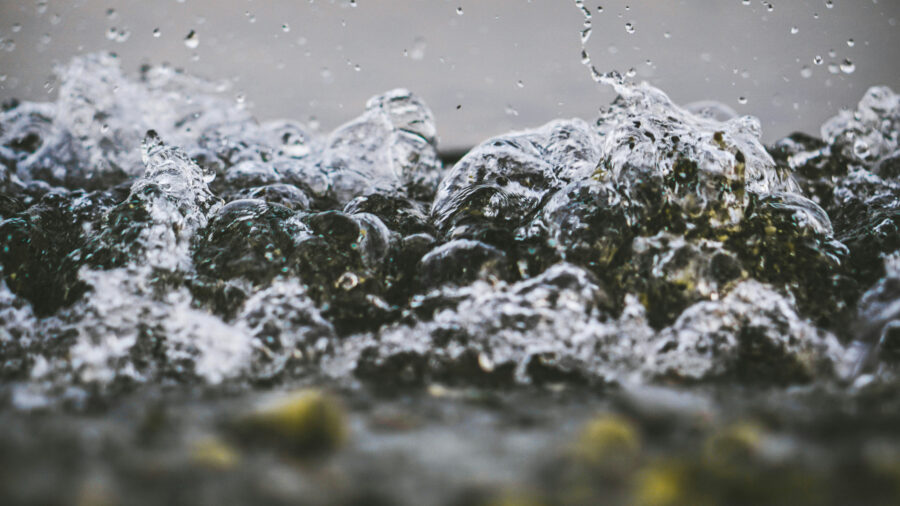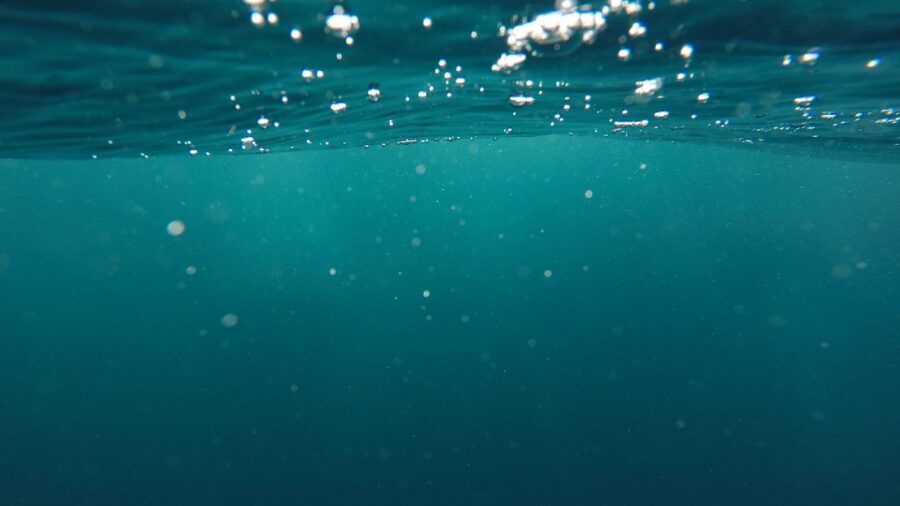Brain-Eating Infections Becoming More Common?

Due to steadily rising temperatures in freshwater environments, perfect breeding grounds have been created for a lethal “brain-eating amoeba.” Able to enter the brain through nerves in the nose, this single-celled organism can lead to primary amoebic meningoencephalitis (PAM), a brain-eating infection.
Naegleria Fowleri’s Origin

The amoeba, scientifically known as Naegleria fowleri, is primarily found in warm or hot freshwater environments such as ponds, lakes, rivers, or even poorly maintained swimming pools. Although the organism was discovered in Australia in the 1960s, it is hypothesized that the brain-eating infection-causing amoeba evolved in the United States. According to the CDC, less than 10 people a year in the US will come in contact with Naegleria fowleri and contract PAM; however, once contracted, death is pretty much unavoidable.
The Brain Rapidly Deteriorates After Exposure

Once Naegleria fowleri travels up the nasal passage to the brain and spinal cord, it begins destroying brain tissue and can progress fairly quickly. The early symptoms of the brain-eating infection include fever, nausea, and vomiting, common symptoms for a multitude of illnesses. After symptoms appear, infected patients have fewer than 18 days to live, and most fall into a coma and die after just five.
Since PAM progresses so quickly, researchers have had a difficult time coming up with treatment options.
Nasal Passages Are The Primary Point Of Entry

The most publicly reported case of the brain-eating infection occurred in Louisiana in 2011. An individual was exposed to Naegleria fowleri after using a Neti Pot (a sinus rinsing device) filled with plain tap water. Shortly after this incident, the patient contracted PAM and subsequently passed away. Not even a month later, two more Louisiana locals died after swimming in warm freshwater where the organism was present.
Boiling Water Can Reduce The Risk

Naegleria fowleri and the subsequent brain-eating infection it causes can only be contracted via the nose, meaning that you can ingest the amoeba with no risk of harm. This leads to situations like the Neti Pot case; the tap water seemed safe to drink, leading to the incorrect assumption that it would also be safe to use in the sinuses. The CDC now urges that Neti Pot users use previously boiled water or sterile bottled water to avoid the risk of PAM.
Preventative Measures To Consider

Naegleria fowleri is pretty much an invisible threat; there is no real way to determine if the water you are about to swim in contains the amoeba without significant testing. Due to this, the CDC has released a list of preventative measures individuals can implement before entering a body of warm freshwater. The main one is to hold your nose or wear a nose clamp when jumping or diving in freshwater to avoid contracting a brain-eating infection.
They also encourage keeping your head above water in hot springs and avoiding digging in shallow water where the amoeba is most likely to thrive. Also, if the temperatures have been high for a while and water levels are looking low, maybe call it quits on the lake day and go swim in a properly chlorinated public pool.
The Climate Change Connection

Most of us are unaware of how fast climate change can undermine our balanced ecosystems. The problems it causes are not for a future generation to deal with; it is happening here and now. The rise of Naegleria fowleri populations and the brain-eating infections it causes exist as a warning for what is to come.
It is our duty to stay educated on climate change and be diligent in our small-scale actions, such as reducing our personal carbon footprint. If we all take this step, we may be able to prevent future environmental distress and lessen the impact of what is already present today.
Source: Wiley Online Library












